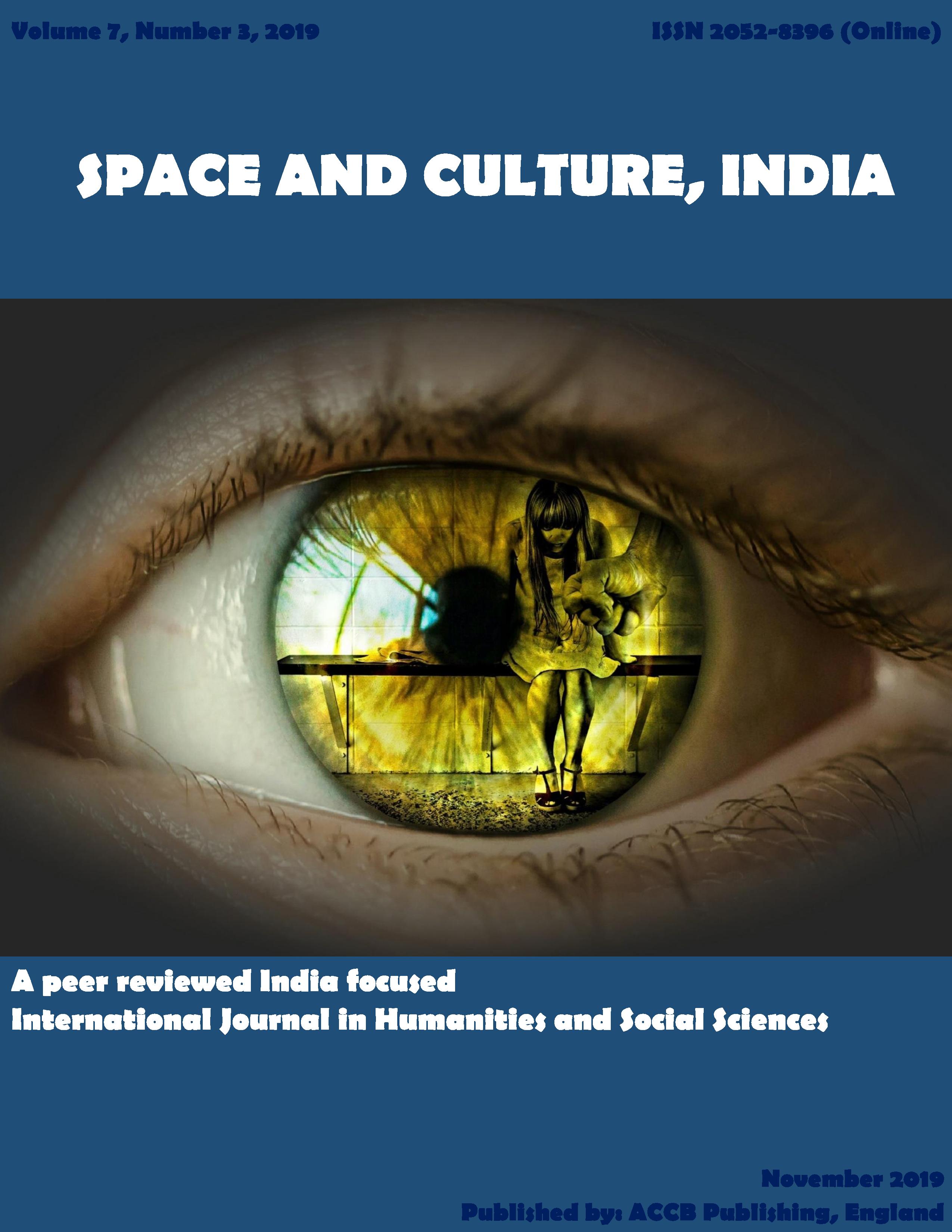Nominations of Molecular Cuisine Dishes: Lexical, Syntactic and Semantic Analysis

Abstract
Non-traditional foods of molecular cuisine are a new category of foods and experience for consumers. The objective of this study was to conduct the structural and semantic analysis of the names of dishes of this new scientific field and avant-garde culinary practice. The main idea was to reveal the trend and trace the dynamics of naming dishes and to define the degree of reflecting the essence of molecular cuisine in the names of dishes. The study of empirical material taken from current collections of recipes and restaurant menus using a set of linguistic analysis methods has allowed authors to identify models of the syntactic organisation of nominations; characterise the primary way of connecting their components as oxymoron; highlight a number of keywords that arrange these nominations on the basis of cooking technology into several subject groups; postulate the predominance of phrase-names with transparent semantics over names with an opaque inner form including eponymous nominations; outline the ways of further studying the names of dishes of this cuisine from comparative, translational and linguistic-cognitive points of view.
Keywords
Molecular Cuisine; Linguistic Nomination; Structural, Lexical and Semantic Analysis; Gastronomic and Cultural Traditions
References
- Atkins, P., & Bowler, I. (2016). Food in society: economy, culture, geography. Routledge. p. 344 DOI: https://doi.org/10.4324/9781315824819
- Cardello, A.V., Chheang, S.L., Hedderley, D.L., Guo, L.F., Jaeger, S.R. (2019). Toward a new scale to measure consumers’ “need for uniqueness” in foods and beverages: the 31-item FBNFU scale. Food Quality and Preference, 72, pp. 159-171. DOI: https://doi.org/10.1016/j.foodqual.2018.10.008
- Cardello, A.V., Meiselman, H.L., Schutz, H.G., Craig, C., Given, Z., Lesher, L.L., Eicher, S. (2012). Measuring emotional responses to foods and food names using questionnaires. Food Quality and Preference, 24(2), pp. 243-250. DOI: https://doi.org/10.1016/j.foodqual.2011.12.002
- Chiaro, D., & Rossato, L. (2015). Food and translation, translation and food. The Translator, 21 (3), pp. 237-243. DOI: https://doi.org/10.1080/13556509.2015.1110934
- Cho, H. (2019). Brand name fluency and perceptions of water purity and taste. Food Quality and Preference, 71, pp. 21-24. DOI: https://doi.org/10.1016/j.foodqual.2018.05.002
- Civitello, L. (2008). Cuisine and Culture: a History of Food and People. Hoboken: John Wiley & Sons, p. 170.
- Fooladi, E., Hopia, A., Lasa, D., Arboleya, J-C. (2019). Chefs and researchers: Culinary practitioners' views on interaction between gastronomy and sciences. International Journal of Gastronomy, 15, pp. 6-14. DOI: https://doi.org/10.1016/j.ijgfs.2018.11.003
- Golomidova, M.V. (2003). The Pragmatical Aspect of Names’ Creating Process: Conspectus. Onomastics and Dialect Lexics. Collection of research papers, Ekaterinburg, 4, pp. 107-120.
- Jaeger, S.R., Cardello, A.V., Jin, D., Hunter, D.C., Roigard, C.M., Hedderley, D.I. (2017). Product uniqueness: Further exploration and application of a consumer-based methodology. Food Quality and Preference, 60, pp. 59-71. DOI: https://doi.org/10.1016/j.foodqual.2017.03.013
- Karrebᴂk, M.S., Riley, K.C., Cavanaugh J.R. Food and Language: Production, Consumption, and Circulation of Meaning and Value (2018). Annual keywords of Anthropology, 47, pp. 17-32.
- Loss, C.R., Zellner, D., Migoya, F. (2017). Innovation influences liking for chocolates among neophilic consumers. International Journal of Gastronomy and Food Science, 10, pp. 7-10. DOI: https://doi.org/10.1016/j.ijgfs.2017.08.002
- Magar, C. K., & Kar, B. K. (2016). Tea Plantations and Socio-Cultural Transformation: The Case of Assam (India). Space and Culture, India, 4(1), pp. 25-39, https://doi.org/10.20896/saci.v4i1.188 DOI: https://doi.org/10.20896/saci.v4i1.188
- Montanari, M. (2006). Food Is Culture. Columbia University Press, p. 168 p
- Oxford Reference English Dictionary. Second edition. (1996). Oxford, New York: Oxford University Press.
- Parizot, A. (2015). Gastronomy: between transparency and opacity. A game of lights and shades. Lexia, 19,pp. 65-79.
- Snyder, C.R., Fromkin, H.L. (1982). Uniqueness. The Human Pursuit of Difference. New York and London: Plenum Press, pp. 267
- Song, H., Schwarz, N. (2009). If it’s difficult to pronounce, it must be risky: Fluency, familiarity, and risk perception. Psychological Science, 20(2), pp. 135-138. DOI: https://doi.org/10.1111/j.1467-9280.2009.02267.x
- The Lima Declaration: Open Letter to the Chef of Tomorrow.
- This, H. (2013). Molecular gastronomy is a scientific discipline, and note by note cuisine is the next culinary trend. Flavour, 2, p. 18. DOI: https://doi.org/10.1186/2044-7248-2-1
- Wansink, B., Just, D.R., Payne, C.R., Klinger, M.Z. (2012). Attractive names sustain increased vegetable intake in schools. Preventive Medicine, 55(4), pp. 330-332. DOI: https://doi.org/10.1016/j.ypmed.2012.07.012
- Wansink, B., Tal, A., Brumberg, A. (2014). Ingredient-based food fears and avoidance: antecedents and antidotes. Food Quality Preference, 38, pp. 40-48. DOI: https://doi.org/10.1016/j.foodqual.2014.05.015
- Wansink, B., Van Ittersum, K., Painter, J.E. (2005). How descriptive food names bias sensory perceptions in restaurants. Food Quality and Preference, 16(5), pp. 393-400. DOI: https://doi.org/10.1016/j.foodqual.2004.06.005
- Youn, H., Kim, J.-H. (2017). Effects of ingredients, names and stories about food origin on perceived authenticity and purchase intentions. International Journal of Hospitality Management, 63, pp. 11-21. DOI: https://doi.org/10.1016/j.ijhm.2017.01.002
- Youn, H., Kim, J.-H. (2018). Is Unfamiliarity a double-edged sword for ethnic restaurants? International Journal of Hospitality Management, 68, pp. 23-31.